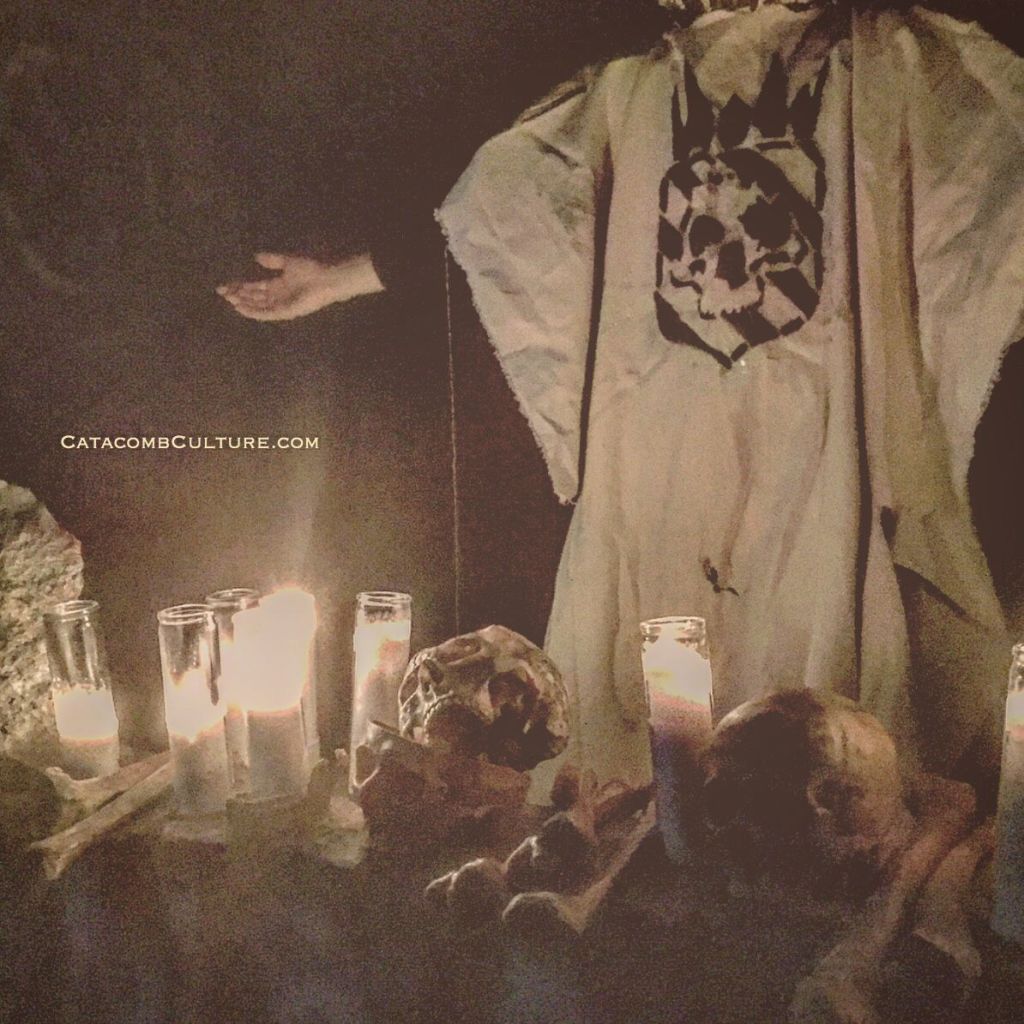Catacombs are eerie, mysterious underground passageways that have fascinated people for centuries. These subterranean labyrinths, often associated with burial sites, have a rich history of rituals and ceremonies. From ancient times to the modern era, catacombs have served as sacred spaces where various cultures express their beliefs and pay homage to the deceased.
Ancient Rome is renowned for its vast network of catacombs that were primarily used as burial grounds for early Christians. These catacombs became significant religious sites where worshippers gathered to honor martyrs and saints. The rituals performed in these catacombs were deeply rooted in Christian traditions and played a crucial role in shaping the faith.
In these early Christian catacombs, ceremonies such as funerals and commemorations took place regularly. Worshippers would gather around tombs adorned with frescoes depicting biblical scenes or symbols of faith. Prayers would be offered, hymns sung, and sermons delivered by priests or bishops presiding over the ceremony.
One notable ritual was the celebration of the Eucharist within the catacomb chambers. This sacrament involved partaking in bread and wine symbolizing Christ’s body and blood. The faithful believed that by conducting this ritual within the proximity of their deceased loved ones’ resting places, they could establish a spiritual connection between heaven and earth.
During certain occasions like All Saints’ Day or anniversaries of martyrdoms, processions would wind through narrow underground passages leading to specific tombs or altars dedicated to revered individuals. Candles would light up these dark corridors as believers walked together in prayerful reflection.
As centuries passed and Christianity spread throughout Europe, catacomb rituals evolved but retained their significance. In medieval France, during annual pilgrimages known as “les rogations,” devout Christians visited crypts beneath churches where relics were stored alongside remains of saints or holy figures.
Pilgrims would engage in acts of devotion, such as touching or kissing these sacred relics, in the belief that they would receive blessings and healing. These rituals were seen as a direct way to connect with the divine and seek intercession from holy figures who had passed on.
Moving forward to more recent times, catacombs have also been associated with secret societies and esoteric practices. In the 18th century, Parisian catacombs witnessed clandestine gatherings of groups like Freemasons who sought enlightenment through ancient mysticism.
These secret societies held initiation ceremonies deep within the catacomb tunnels, surrounded by cryptic symbols and artifacts. Members would participate in rituals involving oaths of loyalty, symbolic gestures, and rites filled with mystery. The underground setting added an air of secrecy and exclusivity to these gatherings.
In addition to religious or spiritual ceremonies, catacombs have also been used for macabre purposes throughout history. In some instances, individuals known as “bone seekers” ventured into catacombs searching for human remains that could be sold for medical research or art creations.
One particularly chilling example is the Catacombe dei Cappuccini in Palermo, Italy. Here lie thousands of mummified bodies displayed in various poses; it became a popular destination during the 19th century when visitors would gather for picnics amidst these preserved corpses. Though not strictly a ritual or ceremony per se, this bizarre fascination with death showcased humanity’s morbid curiosity surrounding catacombs.
Today, urban explorers venture into forgotten catacombs seeking adrenaline-fueled adventures or historical insights. While their intentions may differ from those of ancient worshippers or secretive societies, there is still a sense of reverence for the space they explore.
As we delve into these hidden realms beneath our cities’ streets, it’s important to remember the significance that catacombs once held for various cultures throughout history. They were places where people sought solace in grief or celebrated their faith, where secrets were shared in the shadows, and where life and death intertwined.
So, whether you’re an explorer captivated by the allure of underground tunnels or simply curious about the rituals that took place within these subterranean chambers, remember that catacombs are not just dark spaces but repositories of history, spirituality, and human connection.

Leave a comment